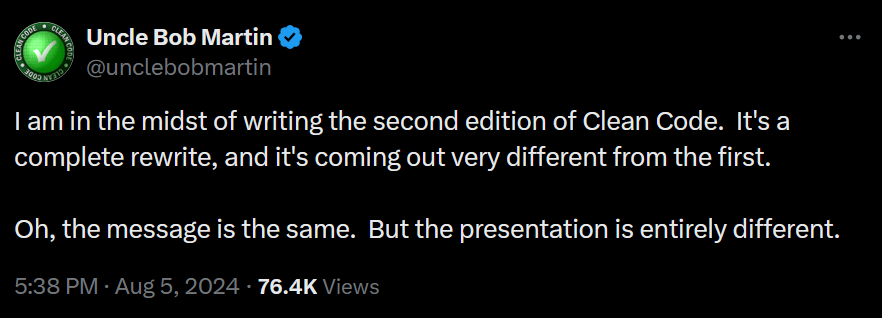this post was submitted on 10 Aug 2024
578 points (97.2% liked)
Programmer Humor
19555 readers
1337 users here now
Welcome to Programmer Humor!
This is a place where you can post jokes, memes, humor, etc. related to programming!
For sharing awful code theres also Programming Horror.
Rules
- Keep content in english
- No advertisements
- Posts must be related to programming or programmer topics
founded 1 year ago
MODERATORS
you are viewing a single comment's thread
view the rest of the comments
view the rest of the comments

The exception is part of the method signature and thus part of the return value. I don't see a difference between using if or try-catch to validate a method call.
I think try catch often leads to messy code. It breaks the control flow in weird ways. For some reason we’ve collectively agreed on that goto is a bad idea, but we’re still using exceptions for error handling.
Consider this example:
Say an exception is triggered. Which of these lines triggered the exception? It’s hard to tell.
We might want to handle each type of error differently. If we fail to open the file, we might want to use a backup file instead. If we fail to read the file, we might want to close it and retry with the same file again to see if it works better this time. If we fail to close the file, we might just want to raise a warning. We already got what we wanted.
One way to handle this is to wrap each line around a separate try catch. This is incredibly messy and leads to problematic scopes. Another way is to have 3 different exception types: FileOpenException, FileReadException and FileCloseException. This is also incredibly messy.
Or we can include the error in the return value. Then we can do whatever we want programmatically like any other code we write.
How is that different than what Go, for example, does? An if err != nil after each statement is just as annoying. In the end you have to validate almost all return values and the way it happens is just syntax.